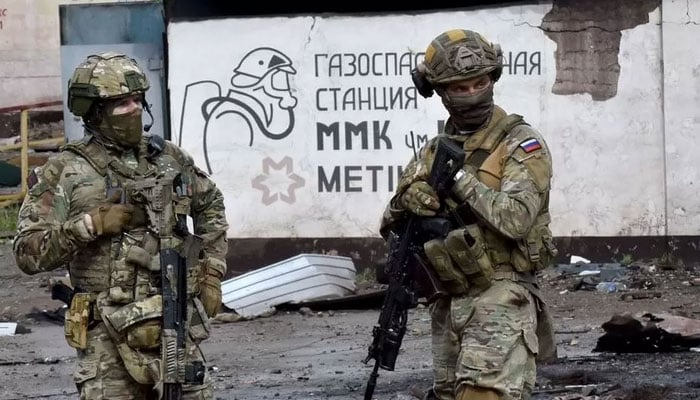
Qaisar Mansoor
India being notorious country of Asia is expediting its hegemonic design, is in conflict with almost all of its neighbouring countries. Recent talks between India and China, at military and diplomatic levels, have failed to make a significant headway. The situation and hype was created by India after QUAD summit.
Chinese Ministry of Foreign Affairs spokesperson said that India has been illegally crossing the line to erode Chinese territory which is source of tension on China-India border. Chinese President Xi has made it clear that China is committed to peace but will not give up even one inch of its territory.
Talks between Indian and Chinese army commanders to disengage troops from key friction areas along their border have ended in a stalemate and failed to ease a 17-month standoff that has sometimes led to deadly clashes, the two sides say.
The continuing standoff means the two nations will keep troops in the forward areas of Ladakh for a second consecutive winter in dangerously freezing temperatures.
Recently, Indian defence ministry, in a statement said it gave “constructive suggestions” but the Chinese side was “not agreeable” and “could not provide any forward-looking proposals.”
A statement from a Chinese military spokesperson said “the Indian side sticks to unreasonable and unrealistic demands, adding difficulties to the negotiations”.
The commanders from both armies met for the talks on Sunday, after a gap of two months, at Moldo on the Chinese side in the Ladakh area.
Both countries have stationed tens of thousands of soldiers backed by artillery, tanks and fighter jets along the de facto border called the Line of Actual Control (LAC).
Since February, both India and China have withdrawn troops from some faceoff sites on the northern and southern banks of Pangong Tso, a glacial lake at 14,000 ft (4,270 metres), Gogra and Galwan Valley, but they continue to maintain extra troops as part of a multi-tier deployment.
Troops have been added at Demchok and Depsang Plains, Indian media reports say.
Sunday’s talks came amid frustration expressed by the Indian army chief at what he called the massive deployment of troops and weaponry by the Chinese side.
“Yes, it is a matter of concern that the large-scale buildup has occurred and continues to be in place, and to sustain that kind of a buildup, there has been an equal amount of infrastructure development on the Chinese side,” General M M Naravane said on Saturday.
“So, it means that they (China) are there to stay. We are keeping a close watch on all these developments, but if they are there to stay, we are there to stay, too,” he said.
The Chinese statement from Senior Colonel Long Shaohua of the Western Theater Command said “China’s determination to safeguard its sovereignty is unwavering, and China hopes India will not misjudge the situation”.
Temperatures in the forward areas in Ladakh drop to -30 Celsius (-22 Fahrenheit) around January. Troops from both sides used to retreat to their traditional summer holding positions but they have remained in place near the disputed border since the faceoff started in May 2020.
Last year, 20 Indian troops were killed in a clash with Chinese soldiers involving clubs, stones and fists along the disputed border. China said it lost four soldiers.
The LAC separates the Himalayan territories from Ladakh in the west to India’s eastern state of Arunachal Pradesh, which China claims in its entirety. India and China, whose frontier runs for 3,500km (2,200 miles), fought a deadly war over the border in 1962.
Since the standoff began last year, the Chinese have been building build dozens of large weather-proof structures along the LAC in eastern Ladakh for their troops to stay in during the winter. New helipads, widening of airstrips, new barracks, new surface-to-air missile sites and radar locations have also been reported by Indian media. Web Desk


